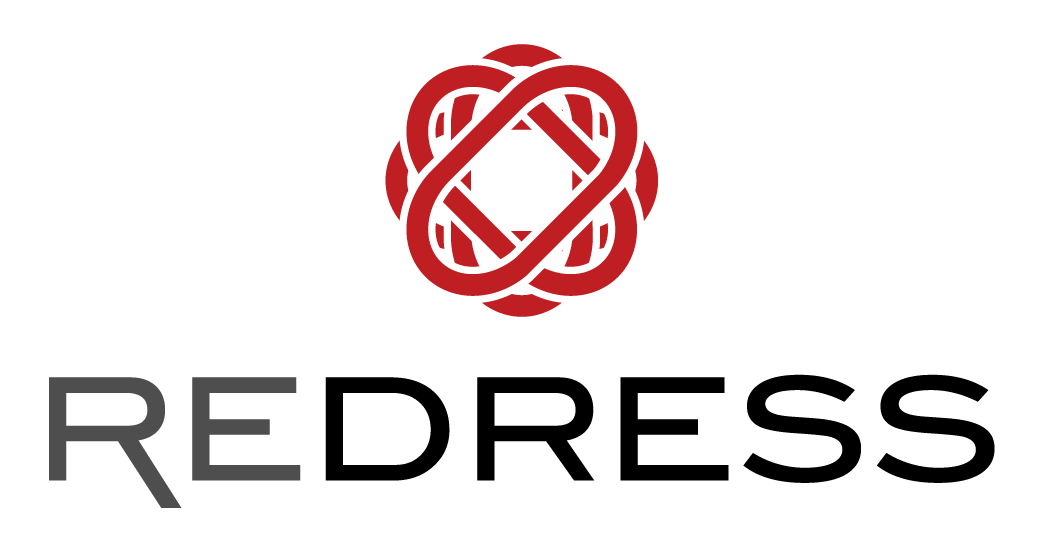What is Circular Fashion?
The circular economy is a system where materials never become waste and nature is regenerated1 and where responsibility is taken for the product’s entire lifecycle and its impact on the planet.
Sustainability and Circularity: Different, but Related
“Sustainability’ and ‘circularity’ are often used interchangeably and yet they are not the same:
Sustainability refers to practices that meet present needs without compromising future generations’ needs, focusing on environmental, social, and economic pillars:
Environmental: Avoiding depletion of natural resources.
Social: Avoiding exploitation of workers and protecting human rights.
Economic: Providing economic benefits.
Circularity is a system that addresses the environmental side of sustainability
To make the transition to a circular fashion system, everyone has a part to play, from farmers, fashionistas to financiers and from designers, brands and suppliers, to governments, nonprofits and waste collectors.
At Redress, we work primarily with fashion designers and consumers to make fashion better.
Ultimately, we all together need to create a new system that better protects our planet. This requires us to break the traditional, linear system.
Transitioning from a Linear to a Circular System for Fashion
The fashion industry currently operates in a linear system, which creates vast amounts of waste and pollution and doesn’t take into consideration the fact that our natural resources are limited. This is unsustainable.
Relying on this linear fashion system means to:
TAKE finite resources from nature
MAKE clothing
USE clothing for a short period of time
WASTE by throwing it away
To counter this drain on our planet’s resources, we at Redress believe in transitioning to a circular fashion system.
In practice, going from LINEAR to CIRCULAR fashion means to:
REGENERATE nature instead of depleting natural resources when sourcing materials
MAKE clothing in ways that eliminate waste and pollution at every stage of design and production
USE and REUSE clothes responsibly, keeping them in use for as long as possible
RECYCLE clothes when they can no longer serve their purpose
Whether you are a consumer or a fashion designer, we all have a part to play. Learn more about your role in accelerating circular fashion below:
The Role of Consumers in Circular Fashion
Consumers have a critical role in accelerating the transition to a circular fashion industry. By adopting healthier consumption habits, we can make this transition possible. To do so, we must get into the habit of:

Then, when looking for change and newness, we need to buy less, buy better, and give clothes multiple lives by, for example:
- Reusing and keeping our clothes longer and curbing the need to constantly buy and replace.
- Caring for your clothes properly: reading care labels, and washing only when needed. Repairing your clothes to extend their lives. Altering clothes so they can fit better (update the style, the fit, etc).
- Reselling and buying pre-loved clothes; Renting garments instead of buying brand new items that may not have multiple uses; and Giving or swap clothes with friends and family, or responsibly to charities, i.e. by checking that they actually need them, and by choosing charities that are transparent about where the clothes will end up.
- Recycle: if you are dropping off to local takeback or textile recycling schemes, choose programmes that give information about how they process these unwearable clothes and what the final product will be (ie. recycled fibre, insulation material, cleaning cloth, etc). As consumers, we must be critical of programmes that encourage overconsumption or use greenwashing elements.
The Role of Fashion Designers in Accelerating Circular Fashion
Consumers have a critical role in accelerating the transition to a circular fashion industry. By adopting healthier consumption habits, we can make this transition possible. To do so, we must get into the habit of:


Fashion designers are key to accelerating the transition to a circular fashion industry. Designers must consider how their design decision will impact the entire lifecycle of the product. Key design strategies enable designers to go from linear to circular practices:
- Designing for low impact materials by sourcing materials that regenerate nature
- Designing for low waste by making and remaking products that minimise the creation of waste at the development, manufacturing and even packaging stages
- Designing for low impact process by making and remaking products in a way that is the least polluting and resource intensive at material extraction, manufacturing and distribution stages
- Designing for longevity by creating products that will be reused over and over
- Design for recyclability by considering product features and reverse logistics will allow for recycling at the end of use phase.
FOOTNOTES
1 Ellen MacArthur Foundation - What is a circular economy?


